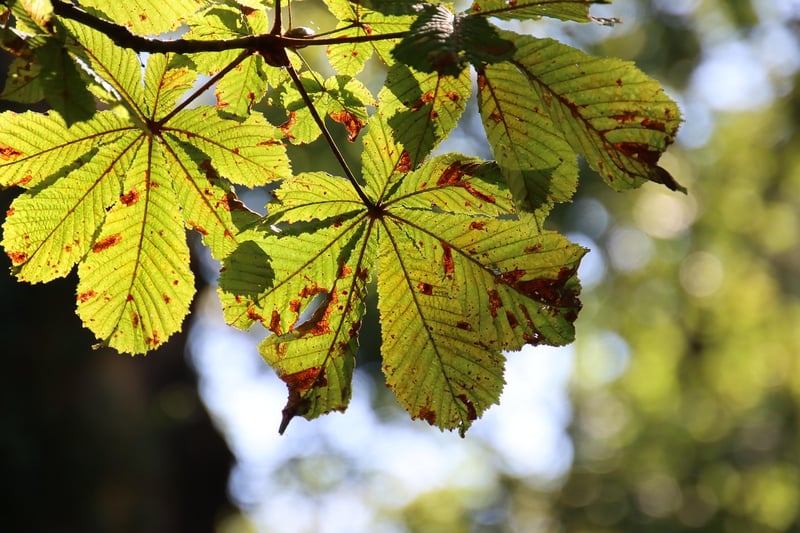Seasonal Planting

Essential Guides for Plant Health and Seasonal Planting
Introduction
Welcome to our comprehensive guide on plant health and seasonal planting. Whether you're a seasoned gardener or just starting, maintaining healthy plants and understanding the best times to plant are crucial for a successful garden. Here, we provide you with essential tips and information to keep your plants thriving year-round.
Plant Health Tips
Ensuring your plants are healthy is fundamental to a beautiful garden. Here are some key tips:
1. Proper Watering
Water your plants deeply but less frequently to encourage deep root growth. Avoid overwatering to prevent root rot.
2. Adequate Sunlight
Place sun-loving plants in areas with ample sunlight and shade-loving plants in shaded spots to ensure they thrive.
3. Nutrient-Rich Soil
Use high-quality soil or add organic matter like compost to provide essential nutrients for plant growth.
4. Regular Pruning
Prune your plants regularly to remove dead or overgrown branches, promoting healthy growth.
Seasonal Planting Guide
Knowing the right time to plant specific crops is vital for a bountiful harvest. Here's a general guide for seasonal planting:
Spring
Plant cool-season crops like lettuce, spinach, and peas early in spring. Start warm-season crops like tomatoes and peppers indoors.
Summer
Continue planting warm-season crops outdoors. Consider heat-tolerant varieties and provide adequate water during hot summer months.
Fall
Plant cool-season crops again in late summer for a fall harvest. Extend the growing season with the use of row covers or cold frames.
Winter
Focus on indoor gardening during winter. Grow herbs, microgreens, and other cold-tolerant plants on sunny windowsills or under grow lights.
Conclusion
By following these plant health tips and seasonal planting guides, you can create a thriving garden throughout the year. Remember to adapt these guidelines to your specific climate and plant preferences for the best results.
Happy planting!